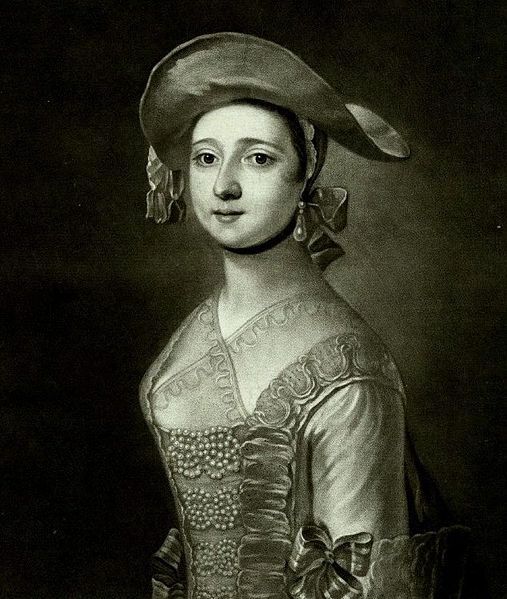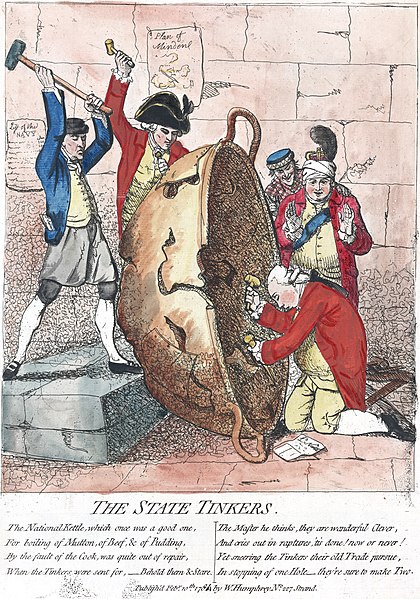Fanny Murray, née Fanny Rudman and later Fanny Ross, was an 18th-century English courtesan, mistress to John Montagu, 4th Earl of Sandwich and dedicatee of the fateful Essay on Woman (1763) that led to the downfall of John Wilkes. A contemporary of Kitty Fisher and Charlotte Hayes, the "celebrated Fanny Murray" was one of the most prominent courtesans of her day; a celebrity and fashion leader who rose from destitution to wealth and fame, before settling down into a life of "respectable prosperity". The Memoirs of the Celebrated Miss Fanny Murray are one of the first examples of the "whore's memoir" genre of writing, although they are unlikely to have been actually written by Murray.
A mezzotint of Fanny Murray from a painting by Henry Robert Morland
Fanny Murray c. 1750 in a "Vandyke" fancy dress for a masquerade ball, wearing a heavily adorned "Fanny Murray cap" and a low-cut dress
John Montagu, 4th Earl of Sandwich in Istanbul, c. 1740. Sandwich's interest in the Middle East led him to found the Divan Club.
John Wilkes before the Court of King's Bench, accused of obscene libel for writing An Essay on Woman
John Montagu, 4th Earl of Sandwich
John Montagu, 4th Earl of Sandwich, PC, FRS was a British statesman who succeeded his grandfather Edward Montagu, 3rd Earl of Sandwich as the Earl of Sandwich in 1729, at the age of ten. He held various military and political offices, including Postmaster General, First Lord of the Admiralty, and Secretary of State for the Northern Department. He is also known for the claim that he was the inventor of the sandwich.
The 4th Earl of Sandwich by Thomas Gainsborough
The Duke of Bedford was a long-standing patron of Sandwich, and his support helped him further his career. Portrait by Sir Joshua Reynolds.
In The State Tinkers (1780), James Gillray caricatured Sandwich (on left) and his political allies in the North government as incompetent tinkers.
Black-and-white reproduction of a pastel portrait of a lady of the Montagu family, possibly Dorothy, wife of the 4th Earl of Sandwich, or his sister Elizabeth Courtenay, by Francis Cotes RA, 1758.








